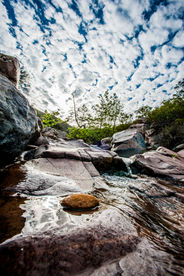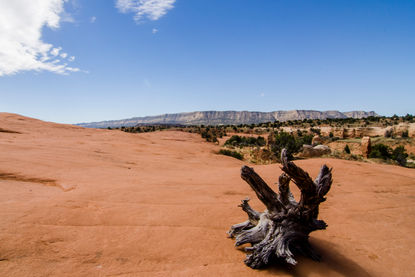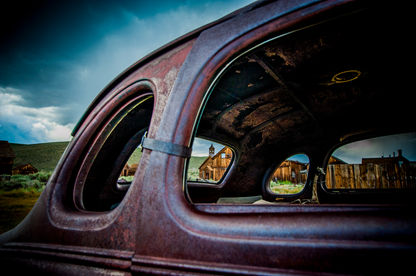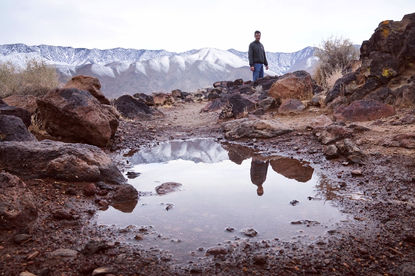
Carolynn Helton's Classes
This site shows all the classes I have taught or currently teach. My goal is to have all the curriculum available here online for students, parents and myself. Currently I am teaching Photography/Yearbook, Art Exporations, Video/Media, Leadership and Mixed Media Arts at ERCLC (Eleanor Roosevelt) .
Int/Adv Photo Composition
Overview:
This section will help you to think about the compositions in your photographs to make them more dynamic and expand from the Basic Photo composition learned in Photography (you can see that here if you want a refresher). By thinking through these as you photograph them and problem solve them, you will develop more advanced photo compositions in your work.
Requirements:
During this section, every other day we have a Zoom class you will be shown Instructions on each of these Photo Compositions. You will need to turn in 2 photo's (different subjects and backgrounds) for each which is a photo a day. For the this section, photos all need to be edited with basic editing, as this class leads into computer art with photography, you can be more artsy in your editing if you wish. At lease adjust contrast and color to look realistic with some contrast and color correct or exaggerate if that is your desire. Black and white is allowed. On the every other day on Zoom we will go over editing techniques.
You will need to turn in the photos for the week on Sundays by midnight. DON'T turn in the first photo you took, work through the project for the best images so take several options to pick from. Extra photos that come out well can be used towards your "Creative Extras."
Turn in on Canvas as .jpgs named what they are.
For inspiration, check out this website on 25 iconic photographers in history
http://www.digitalphotomentor.com/25-iconic-photographers-in-history/
DIGITAL IMAGING
Thinking in Threes:
-
Three elements:
Often we will photograph things in pairs, but 3's are pretty powerful as well. It can be sets of 3 similar things, but maybe it is also three different objects or textures as well. The one I find myself doing a lot is layers of threes such as foreground, middle ground and background. you need to shoot 1 image of 3 things, then pick either 3 textures or layers for your 2nd image for a total of 2 images.
The obvious of 3 things repeating,
It can be the not obvious of 3 different objects or textures,
It can be three layers such as foreground, middle ground and background, or subject, surrounding area and background,
-
Shoot the Third Thing-not the obvious
Some not obvious, at least third thought out thing,
When we see something that makes us want to photograph it, we see it, shoot it and have a photo. BUT most people are taking those same type of photos if not almost the exact same photo because it is obvious. Take some time and think through things to make it different. Go with at least the third thought or more. Here are samples of my thought process through photos. Sometimes it is not the third but the 5th thing that is the best used. The idea is you work through at least 3. Some samples here I only had 2 images to show you but I can guarantee you I worked through at least 3 or more compositions. You will need two sets of 3's, a total of 6 images.
Reflections:
Reflections can be used to create very dynamic and interesting compositions. Think of any reflective surfaces, including bubbles, puddles, mirrors, metal objects etc...
Upside-down
Find a reflection image that can work turned upside down to create an interested take on a scene. This can even be with a puddle of water, a bowl of water etc. Usually you will need to get low against the water source. You will need two different scenes for this for two photos total. Make sure you are not just taking a reflection and turning it upside down. Pay attention to the elements to make it more interesting.
is an example the first photo too busy, second uses surroundings to make it more interesting, even upside down.
Here are some good examples of Two Scenes/Figure Ground that work.
Two Scenes/Figure Ground
Find a reflection image that shows two separate things. it could be an object in a reflection showing two different images or it can be an object in or on a reflected surface showing the reflected background as well. This needs to show the figure (subject) and the ground (background or surface) fighting for dominance in the image. Here is an example the first photo in each set shows how yes, there is a reflection but not enough to fight for a second scene.
Here are some good examples of Two Scenes reflections that work.
Juxtaposition:
Nature/Man Made - Old/New - man vs nature - cool/warm are some of the choices. You will need 2 photos.
jux·ta·pose (jŭk′stə-pōz′)
tr.v. jux·ta·posed, jux·ta·pos·ing, jux·ta·pos·es
To place side by side, especially for comparison or contrast.
Keep track and make important what edges connect and how they work together. Images should have an energy when put together, contrast and or visual connection.
Layering :
Framing the Frame that is framing the subject
5 or more layers
Color :
Vibrant
Soothing
Mood
Negative Space :
Simple
blurred non subject
Quick reference to the Basic Photo Compositions from Photography below:


























































































































